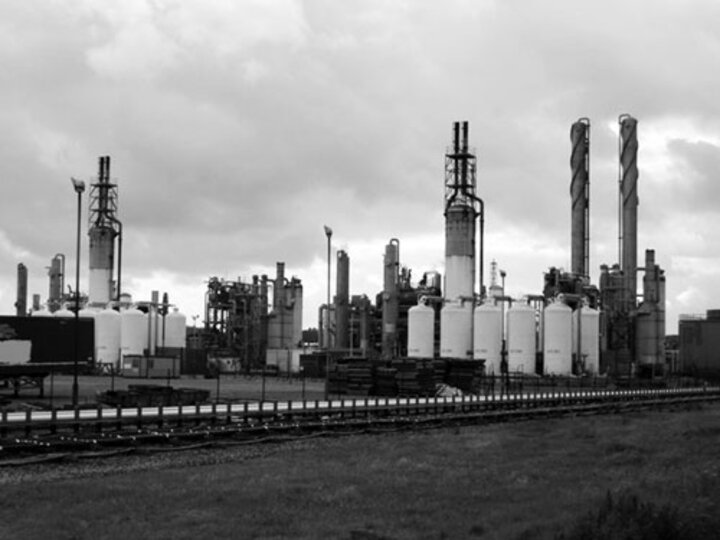WWII Nitrogen Production Issues in Age of Modern Fertilizers
April 10, 2015
(This is the third article in a three-part history on the development of fertilizer. See Part I and Part II.)
Ammonia and nitric acid, basic components of many chemical fertilizers, could be manufactured by the early 20th Century, but until the middle of the century, use of chemical fertilizer was limited.

Small amounts of bone meal and blood meal were used, but the primary source of fertilizer was manure and plowed-down legumes.
There were several obstacles to chemical fertilizer use:
- Chemical (artificial) fertilizers were relatively expensive due, in part, to limited availability.
- Mechanized methods of application were yet to be developed.
- General knowledge of when and how much to apply on specific crops was not known.
However, this would all change.
With the start of World War II, there was a tremendous increase in nitrogen production, mainly because nitrogen is a principal ingredient in explosives. The government constructed 10 new plants to produce ammonia for munitions when World War II began, all located in the interior of the country. Most were located near natural gas pipelines so they could use the gas as raw material for nitrogen production. By the end of the war, the plants were producing 730,000 tons of ammonia each year and had capacity to produce 1.6 million tons.
After World War II, the need to manufacture war munitions was replaced with the need to restore food supplies in Europe and the United States. To accomplish this goal, new advances in crop production were accomplished, including:
- the development of new and improved hybrids,
- the development of basic guidelines for crop nutrition and fertilizer requirements,
- a revolution in equipment design and performance,
- the large-scale production of phosphates by acidulating rock phosphate and
- the discovery of massive deposits of potash around the world.
These events, in addition to many other advances in agricultural sciences, set the stage for our modern age of fertilizer.
The period is marked by massive funding and research efforts from various federal and state institutions and agencies, a primary goal of which was to develop comprehensive guidelines and information for the most efficient and effective use of fertilizers under differing crop production and environmental conditions.
Foremost among such efforts were those associated with scientists and agronomists from land grant universities (such as the University of Nebraska), the U.S. Department of Agriculture and the Tennessee Valley Authority (TVA) fertilizer branch in muscle Shoals, Alabama. The TVA fertilizer branch was created by legislation authored by Sen. Frank Norris of Nebraska.
The "technological age" of the last 20-25 years, in addition to the vision and contributions of farsighted researchers and scientists, has significantly increased knowledge of the complex interactions involving the use of fertilizer and the chemical, physical and biological factors of the soil, as well as the potential effects of fertilizer use on the climate and environment.
The development of high-tech equipment has led to "precision" and "best-management" farming practices, which have resulted in the ability to apply various fertilizer types to a given crop in site-specific amounts. Technological advances in various fields of study, including crop genetics and breeding, plant and soil testing, and the development of techniques to monitor the movement of nutrients and water within the soil profile have allowed today's farmers to use fertilizers more effectively and efficiently, in addition to being better stewards of the land and environment.
Manure is still an important source of plant nutrients; however, during the last 75 years, its use has been surpassed by the large-scale production and use of chemical fertilizers. In the mid- to late 1940s, about 2 million tons of chemical fertilizers were used per year. By 1960, over 7 million tons were used each year and by 2014 over 20 million tons were used.
There is still much to learn about the complex interactions involving fertilizer use in differing soil and plant ecosystems; however, we have made historical progress since the first use of manure — progress that has been foundational to feeding our nation and providing food and hope to other parts of the world.
Gary Hergert, Soil and Nutrient Management Specialist
Rex Nielsen and Jim Margheim, Research Technicians
All at the UNL Panhandle Research and Extension Center
